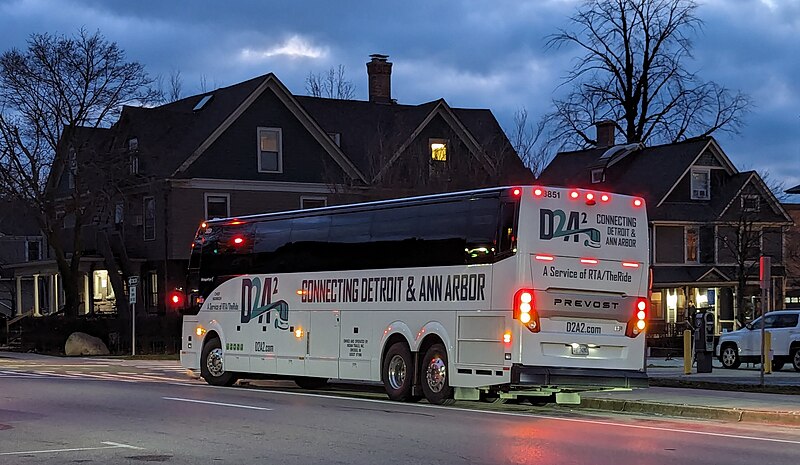In the bustling landscape of urban transportation, the role of bus systems has never been more critical. As cities grapple with increasing population density, environmental concerns, and the demand for efficient public transport, effective bus transportation planning emerges as a vital strategy to enhance urban mobility. This article explores key components and best practices for developing a successful bus transportation plan that meets the needs of the community.
Understanding the Importance of Bus Transportation
Buses are often the backbone of public transit systems. They offer a flexible, cost-effective, and environmentally friendly alternative to personal vehicles, helping to reduce traffic congestion and lower greenhouse gas emissions. With the ability to serve diverse routes, bus stop bus and populations, buses can connect underserved areas, promote social equity, and provide essential access to jobs, education, and healthcare.
Key Components of Bus Transportation Planning
Data-Driven Analysis: The foundation of effective bus transportation planning lies in data collection and analysis. Understanding ridership patterns, peak travel times, and demographic information is crucial. Surveys, traffic studies, and geographic information systems (GIS) can help planners identify the most efficient routes, frequency of service, and necessary infrastructure upgrades.
Community Engagement: Successful planning must involve the voices of the community it serves. Engaging residents, local businesses, and stakeholders through public meetings, workshops, and online forums can provide valuable insights into transportation needs and preferences. This participatory approach fosters a sense of ownership and can lead to more effective and widely accepted transit solutions.
Integrated Network Design: A well-planned bus system should be part of an integrated public transport network. This aspect includes coordination with other transit modes, such as trains, trams, and bike-sharing systems. Creating seamless transfer points and optimizing schedules can enhance the overall user experience and encourage greater ridership.
Sustainable Practices: Incorporating sustainability into bus transportation planning is essential for addressing environmental challenges. This includes considering electric or hybrid buses and improved bus stop bus systems, optimizing routes to reduce emissions, and designing bus stops and terminals that promote energy efficiency and accessibility.
Funding and Policy Support: Implementing a robust bus transportation plan requires stable funding and supportive policies. Collaboration with government agencies, advocacy groups, and private sector partners can secure the necessary financial resources. Additionally, policies that prioritize public transportation and support land use planning that encourages transit-oriented development are crucial for long-term success.
Challenges to Overcome
While the benefits of bus transportation planning are clear, several challenges remain. Budget constraints, political opposition, and changing public perceptions about public transit can hinder progress. To overcome these obstacles, planners must advocate for public transportation as an essential service and demonstrate its benefits through pilot projects and success stories from other cities.
